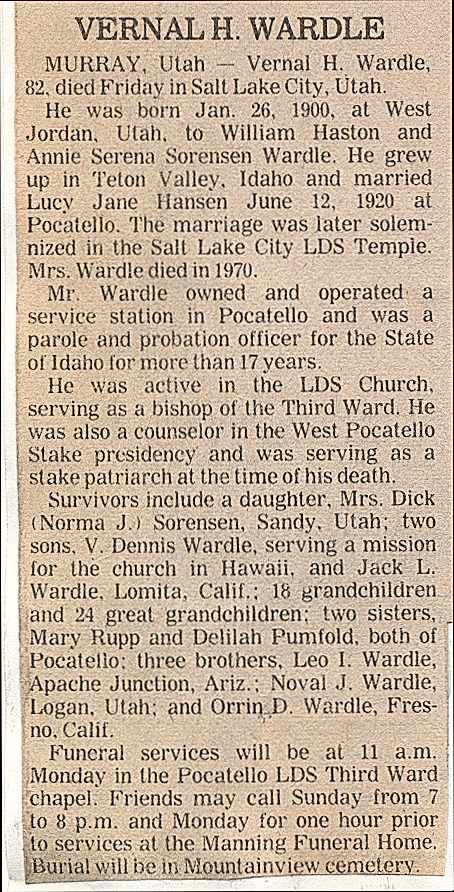
It seems to be a historic era for women - and maybe eventually women's genealogy? In America, two women are nominated by their respective political parties, one major, to run for the presidency. Around the world, female leaders like Chancellor Angela Merkel are shaping the future. Queen Elizabeth last year became Britain's longest-reigning monarch.The fascinating tapestry of our female ancestors' lives deserves serious attention and empathy.For researchers of female ancestors, these women's achievements remind us of females' improved societal influence, but that doesn't make it easier to learn more about great-grandmother at Familysearch.org, Ancestry.com, or a host of other web sites. This is especially true if we don't know a maiden name or details of her home community in her immigrant country. (While the focus of this blog post directly concerns American ancestor research, it also has some applicable tips for research internationally.)If we can't find enough about ancestors from the scant records about some of them particularly up through 1910, we must strategize about ways to discover them other than in commonly used (civil or religious) birth, marriage, and death records.
Successful Sleuthing
First, we must reach out to verify that we have captured all available information about ancestors from within the family. This includes legal documents, photos, diaries, letters, scrapbooks, and other artifacts. (If you haven't checked with family members recently, check again because sometimes they have forgotten about buried ancestor treasure.)

Family Bibles may also be helpful, but we need see if a Bible is actually dated before the beginning of birth/marriage/death dates in it. Otherwise, recorded dates may have been transcribed from prior Bibles or documents, potentially reducing accuracy.Look for probate records that might have information about female ancestors. Seek pension records, especially from the Civil War (1861-1865), because they often contain vital information about ancestors' sometimes tragic post-war conditions. Some people find that their grandmothers had both Union and Confederate soldiers in the family!
Social Media/Contemporary Sources
Remember that ancestry message boards and social media like Facebook may be used effectively to reach out to distant relatives we may not have met to inquire if they have information about ancestors we're tracing. Facebook also has more than 10,000 English-language genealogy groups, many in the exact regions of countries of ancestors.If we join those groups, researchers in a home country may assist us in finding key resources. For international researchers, there are also many similar Facebook groups in several languages.YouTube often also has family history videos (about individual families) as well as research tutorials to help strengthen our research. Contacting someone who is researching similar names at YouTube or Facebook can yield remarkable benefits.
Learn About Grandmother's Friends and Family
What can we learn about grandmother's friends and neighbors in censuses that might lead to more direct information about her? For female ancestors who were orphans, orphanage/adoption or guardianship records often are available.Also, is information about our grandmother to be found on our grandfathers' World War I/WW II military draft records? Would land record shows us if grandmother owned any land, particularly after grandfather died? May we find grandmother's maiden name by checking Social Security applications?Once we learn a maiden name and the area she came from in a native country, we can often go to online foreign newspapers to learn more about a family. We can look at church/census records from country of origin. School records are also often available in European countries and America, and may be found from the 1850s or earlier. Tax records in the country of origin are sometimes also available, and they are signed frequently by an actual ancestor herself - a great treasure.
Archives and Libraries/Local SourcesWe need to follow up on historical records from archives, university libraries and local libraries in the area where grandmother lived. We may search local newspapers, normally done online or in person, for entries like recipes she





.jpg)